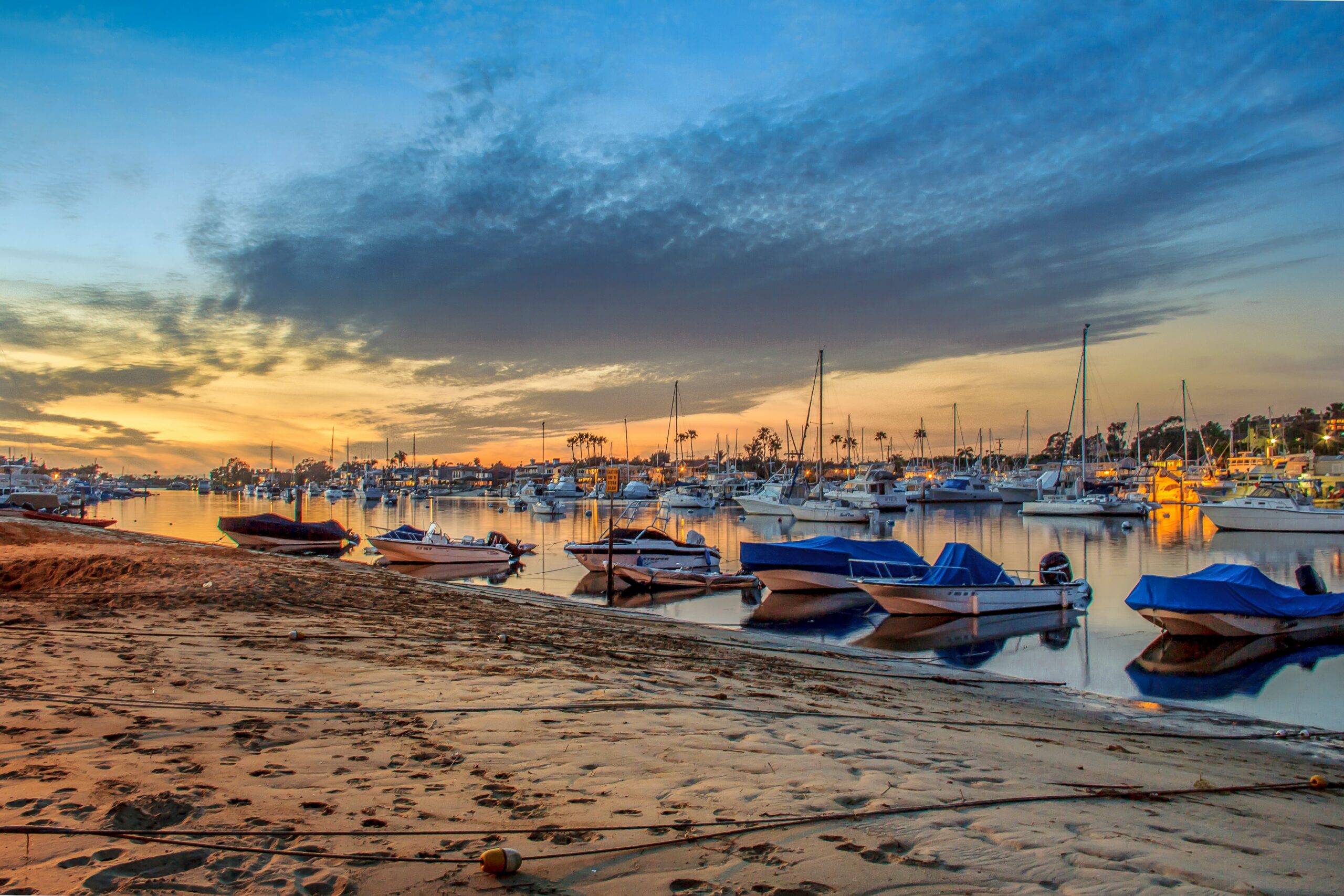
Issue Area
Blue Economy
Overview
The sustainable blue economy encompasses sectors and services that are dependent on the ocean and coastal waters like fishing, tourism and recreation, ocean monitoring, biotechnology, shipbuilding, renewable energy generation, and more. Sustainable use of marine resources can help spur economic growth, preserve the health of marine ecosystems and coastal communities, and stimulate workforce development opportunities. As ocean use increases, so can potential risks like dispossession and displacement, resource over-extraction, and inequitable distribution of benefits.
The introduction of policies that advance the sustainable blue economy can help mitigate these risks, increase stakeholder engagement in ocean conservation policies, and even help address climate impacts like sea-level rise and coastal flooding. State legislators can explore a wealth of policy options like developing a Blue Economy Taskforce, protecting waterfront industries from displacement, and promoting workforce development opportunities – and identify innovative financing mechanisms to do so.
Key Facts
According to the National Oceanic and Atmospheric Administration (NOAA), the U.S. blue economy generated $777 billion in sales in 2022 and supported 2.4 million jobs. If American coastal counties were an individual country, they would rank third in the world in GDP.
The clean power industry is expected to invest over $65 billion in offshore wind projects by 2030, which will support roughly 56,000 U.S. jobs.
In 2024 the Department of Commerce and NOAA invested over $101 million to support the modernization of the U.S. Integrated Ocean Observing System (IOOS) Regional Associations. Data derived from these projects will help address harmful algae blooms, monitor marine heatwaves, and expand ocean acidification forecasting.
